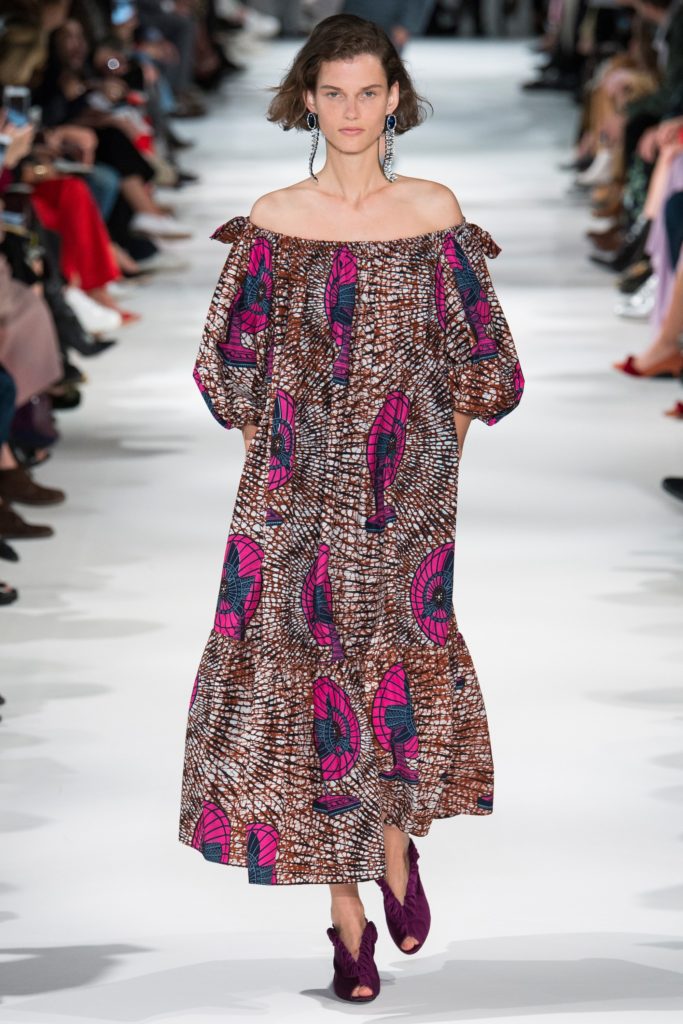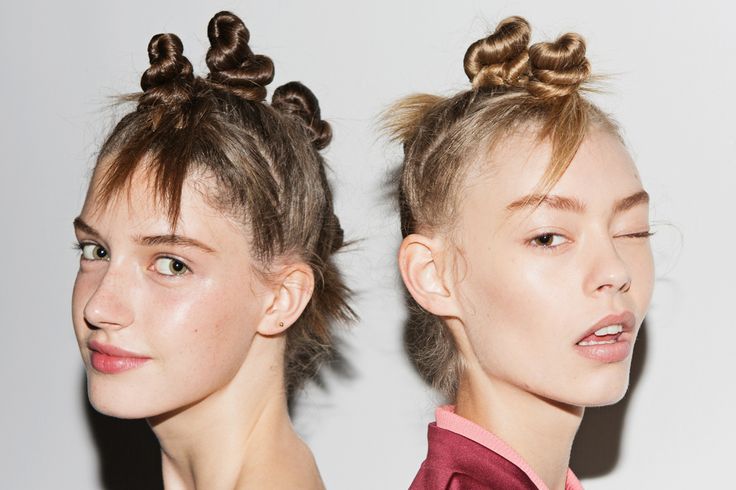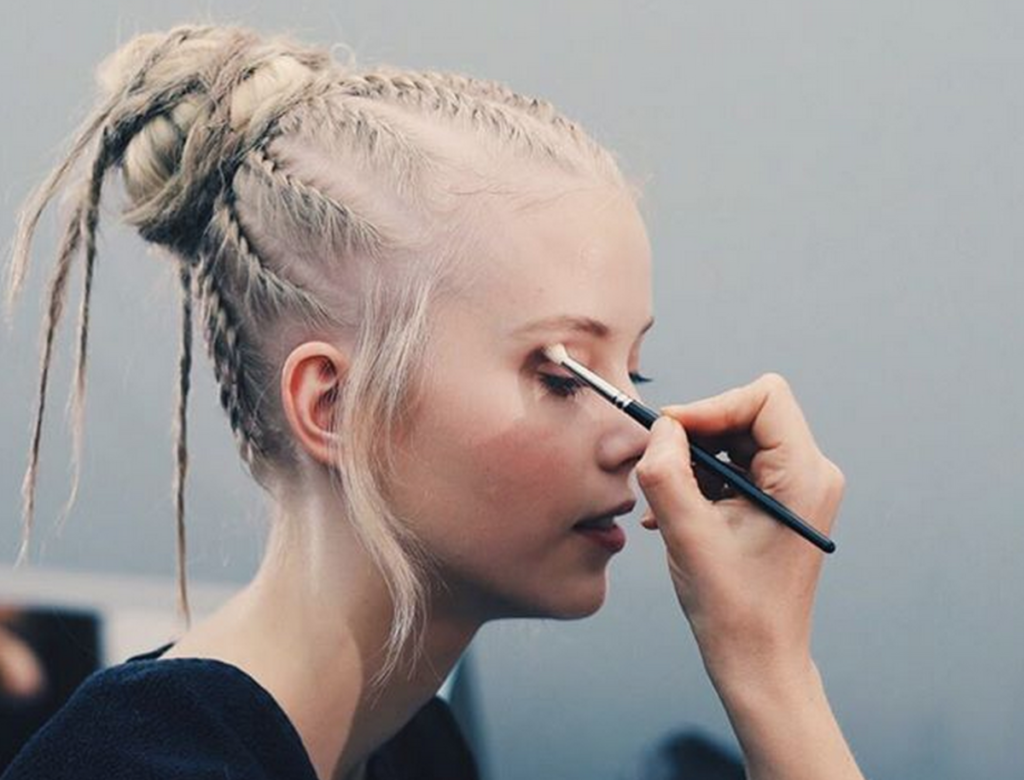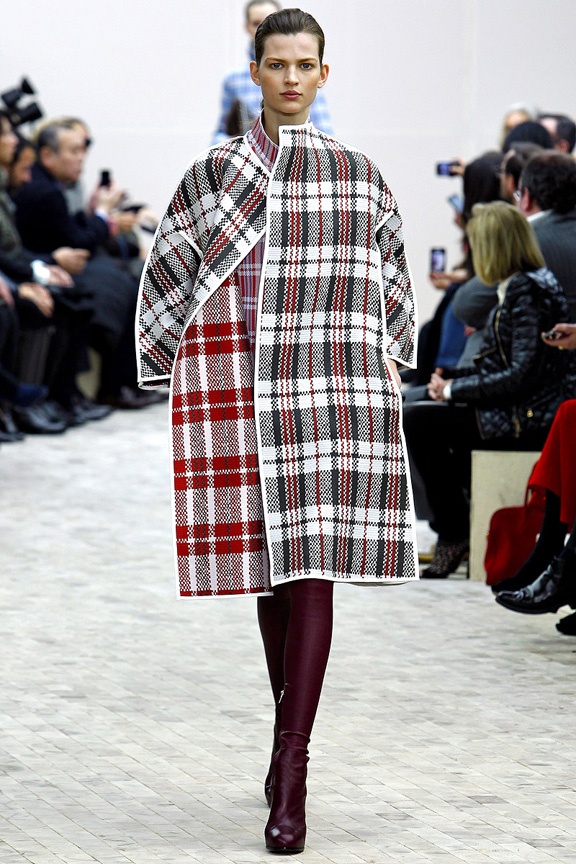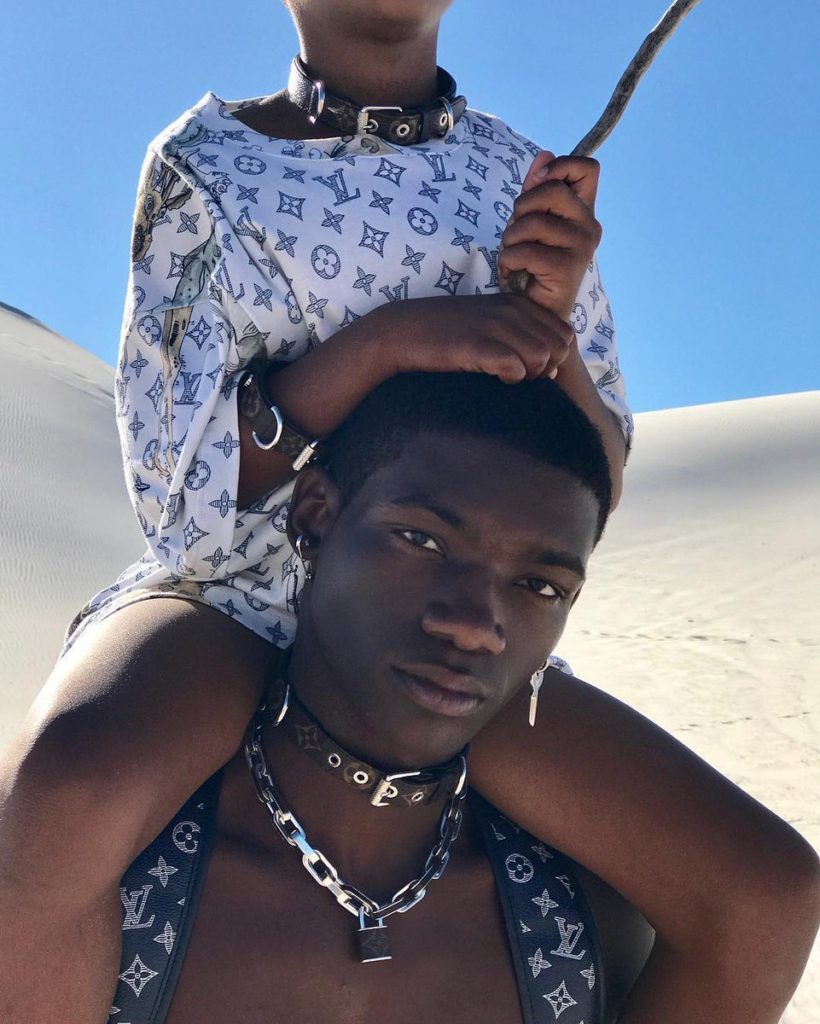Subscribe to VOGUE Africa?
Thanks, Naomi, because this ‘elephant’ was bothersome.
Photo Courtesy of VOGUE Arabia
Black History Month ended on an amazing note in #BlackFashionHistory when witnessing this lovely display of Iman and Imaan Hamman covering VOGUE Arabia. After the two supermodels graced the cover of VOGUE Arabia’s anniversary issue, it was only a matter of time before the question on an African edition of VOGUE emerged. And who better to address the elephant in the room than our beloved Naomi Campbell.
Naomi Campbell appearing at Arise Fashion Week, photo courtesy of WWD
According to Business of Fashion, Naomi was sent to Lagos, Nigeria to grace the runway at Arise Fashion Week earlier this week. It was during her visit when she made the comment “There should be a Vogue Africa. We just had Vogue Arabia – it is the next progression…” [These comments were derived from her interview with Reuters.] Ms. Campbell continued her comments with pointing out the lack of representation of African design and materials; not receiving an area of opportunity to be accepted on a global scale. Cameroonian photographer initially attempted to be play an advocate role in this talk of VOGUE Africa with the launch of his campaign in 2010, pitching to Conde Nast. Within the same year, the license for a VOGUE Africa was turned down.
Chanel Spring 2017 Campagin
Cameroonian photographer Mario Epanya initially attempted to play an advocate role in this talk of VOGUE Africa with the launch of his campaign in 2010, pitching to Conde Nast. Within the same year, the license for a VOGUE Africa was turned down. Due to her image and influence, Naomi resurfacing this topic regarding a VOGUE Africa is so prominent. It triggers thoughts on the cultural influence the continent has granted and people are paying attention again. Africa has been playing a vital role in fashion history for decades; being one of the most influential continents for Western design, creative direction and beauty. Many designers are inspired by the aesthetic of African design; circling back all the way to Jean-Paul Gaultier’s Spring 2005 ‘Ode to Africa’ Couture collection. The designs of Kente cloths, Ghanaian prints, and tribal textiles have been so overtly appropriated by Ready-To-Wear designers (both young and veteran), it’s only fair to heighten the representation of Western fashion’s influencer. Let us not forget the continuous appropriation of African inspired hairstyles such as Bantu Knots and Cornrows being recognized in the beauty industry as “innovative and creative” with no sense of recognition to the culture it stems from. African-inspired hairstyles were so overly exploited (in only the past two years alone); by the time we saw blonde haired models wearing Bantu Knots for Chanel’s Spring 2017, all we could really do was sigh in exhaustion.
From Junya Watanabe Spring 2016’s themed African patterns; Louis Vuitton’s Spring 2017 Menswear safari inspired textiles; Guido Palau’s use of Bantu knots on a plethora of white models in numerous runway shows and campaigns; to Stella McCartney’s Spring 2018 sustainable collection playing off of West African influenced designs, it is only accurate to deem Africa as the market’s ghostwriter. So, why not grant the continent the recognition it truly deserves?
Why not subscribe to VOGUE Africa?





